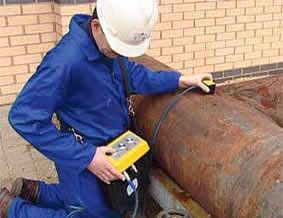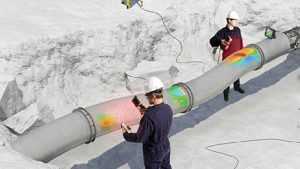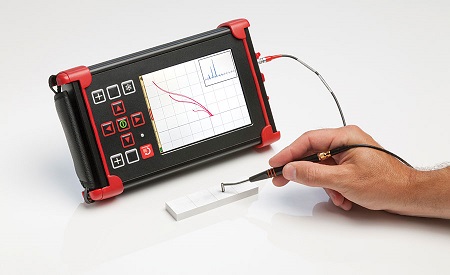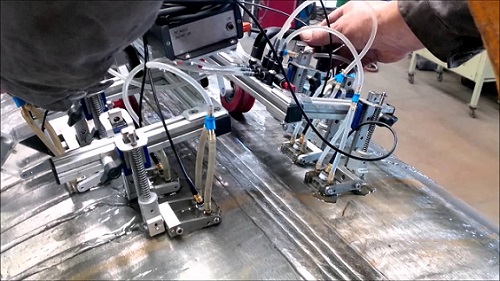TechCorr’s Advanced Group offers more advanced inspection methods and technician skills than conventional NDT inspections, offering greater insight into asset condition and integrity. We utilize state-of-the-art equipment and technology to provide quick, precise, and detailed asset integrity data which can deliver a higher probability of flaw detection than with traditional inspection methods.
Some common uses of Advanced techniques include the inspection and detection of pipelines (with or without insulation), tanks, vessels, and towers for:
- Corrosion
- Cracking
- Corrosion Under Insulation (CUI)
- High-Temperature Hydrogen Attack (HTHA)
- Weld Inspection


 Automated corrosion mapping employs multiple ultrasonic techniques to:
Automated corrosion mapping employs multiple ultrasonic techniques to:





